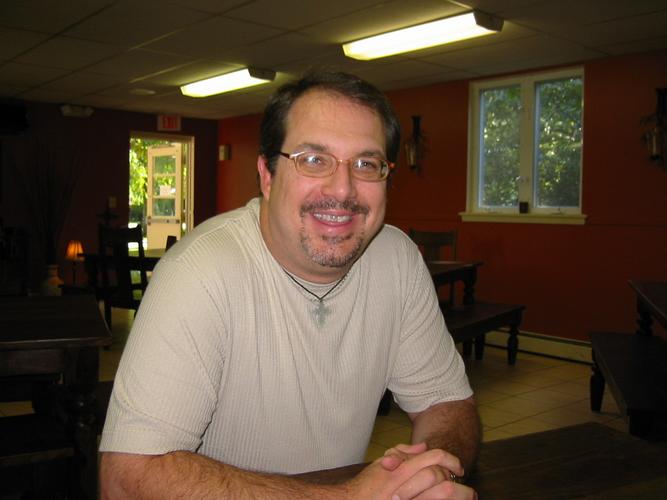I was recommended a book the other day, Habits of the Household by Justin Earley. The friend prefaced the gift with a complement, “after listening to you teach and watching you work for 2 years, this book sounds like you.” I took it graciously. While waiting for a prescription at the drug store skimmed through it. She was right, there were many elements that caught my attention and interest.
The following Sunday, I was able to read the book. In it I found reference to other authors that I have been reading lately - some in my professional life as a psychotherapist and some within the scope of my interest in culture and theology. I have sense bought multiple copies for friends and family. Early in the book Justin Early, while discussing the powers of habit to shape our devotion and our loves, suggest seeing technology as liturgy. That phrase echoed in my mind throughout the rest of the book. Is that a good way to consider technology? Would this perspective help address the negative impact technology (specifically smart phones and social media) has on relationships, families, and the human mind?
Is technology liturgy? Liturgy is repeated forms expressed individually and corporately that give shape to the expression of worship. These are most easily identified in high church communities. However, they equally exist in low church communities, even if cloaked in anti-liturgical sentiment. L.M. Sacasas, in Vol 3, No. 15 of The Convivial Society, explains, “Liturgies are predictable patterns and rhythms, as well as common cadences and formulations.” He later states, “These liturgical forms, acknowledged or unacknowledged, exert a powerful formative influence over time as they write themselves not only upon the mind of the worshipper but upon their bodies and, some might say, hearts.”
Liturgies of kneeling, clapping, bowing, eating communion, etcnot only involve knowledge content but engage the body. In so doing they are whole-person, immersive experiences. Let me limit our discussion to digital technology for the remainder of this essay. Our smart phones and its associated software have bodily engagement. We keep them close to our persons, we check them often, we record in them our plans and our pasts, we consult them for guidance and information, we utilize them to find common connection with other humans. In return, theyecho and extol values (moral, political, economic, esthetic, spiritual, relational). Digital technology and its associated software are offering a definition of who we and what we should be about - just as liturgy in church offers these definitions. Whether interesting or disturbing, Justin Early notices how facial recognition software allows us to gaze into our smart phones and they instantly comes to life offering us content with which to feed us answers to all things about life.
Just as church liturgy, formal or informal, can be good or bad, so it seems that technological liturgy functions the same way. After all, I read several of these articles on my cell phone. If liturgy (in church and through our smart phone) has the power to shape us; what is being formed? Can’t we just filter out the bad? Maybe, maybe not. While some habits are intentional, most habits are developed subconsciously. Habits often form us rather than the other way around.
Justin Early points out that what we do, or practice, is what we worship. What we worship is what we then learn to love. This is the opposite of what I thought for many years. I used to think that what we love is what we worship. Love precedes worship. I think I was wrong.
I became a Christian without the benefits of a Christian home. I now love God and can’t even conceive of not following him. This relationship was progressive. Not having liturgies of worship in my life as a child, I encountered God rather serendipitously (at least from my perspective). If I use the distinction between infatuation and love in romantic relationships as an illustration, I was captivated by God at first – infatuated with him. There were others, at the same time, that had similar encounters of infatuation. Many of those no longer claim to be Christian, some are even adamantly opposed to Jesus. One difference is that I began to practice, through informal liturgy, my understanding of God. The more I practiced the more I loved. Another way to look at this is that my infatuation turned to abiding love. Practice defined my worship. What I worship became what I loved.
If this is true, this elevates the power of digital practices and what is offered by them. L.M. Sacasas argues, “The point of taking such a perspective is to perceive the formative power of the practices, habits, and rhythms that emerge from our use of certain technologies, hour by hour, day bey day, month after month, year in and year out.” I join Sacasas and Justin Earleyin asking the question, are our aspirations for the kinds of people we want to be being thwarted by unnoticed patterns of thought, perception, and action that are prompted by technologically mediated liturgies? What habits, forms, guides, and outcomes do we want our technologies to foster. What subtle but powerful realities are being seeded? What loves will we let grow through our practice of technological liturgies?


